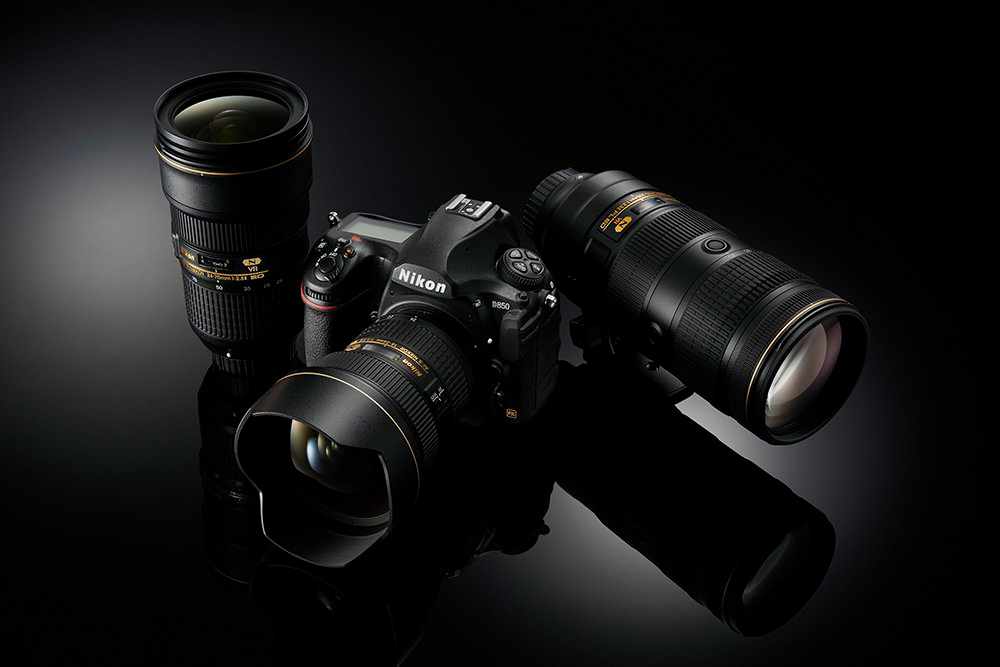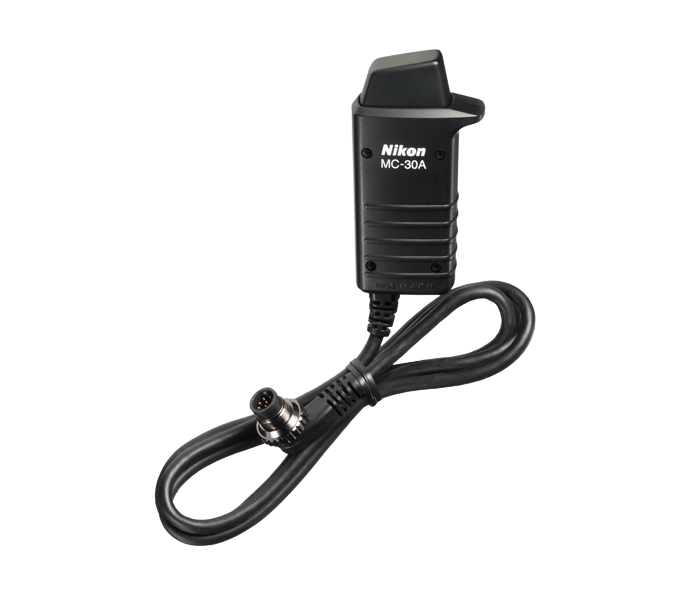Having used the D850 for about 4 weeks and used various focul lengths I am finding that my hit rate on tack sharp images is not as good as I imagined. I am using the Tamron 24-70 G2 and shooting at around 1/160 at say 70mm and 200-500 f5.6. But reading the article below it looks like you may need up to 4 times the normal SP to get tack sharp images from the D850?
Has anyone got any images you can upload where shots have been taken handheld at reasonble SP's?
This is an extract from the article in question.
Another factor when it comes to image quality, which was the case with the D810 as well, is how you handle the camera. The D850 isn’t a standard 35mm DSLR. You can’t think of this as a “run-and-gun-it” style camera like the Nikon D5 or any other sub 24 MP camera. The D810 was comparable to a 4×5 film camera in terms of resolution. The D850 is somewhere between a 4×5 camera and an 8×10 camera in terms of resolution. Because of this much higher shutter speeds are required when handholding the camera to get sharp images. When was the last time you saw someone handholding a 4×5 camera? Think of the Nikon D850 as an 8×10 field camera and you’ll get the best image quality out of it. If you are shooting handheld, I highly recommend shooting with a minimum shutter speed at least four or five times the focal length. For example, if I am shooting with my trusty 24-70mm f/2.8 zoom, the bare minimum shutter speed I would handhold that lens at would be 1/250th second and even that would be dicey in terms of getting a tack sharp image. With my Nikon 70-200mm f/2.8, I wouldn’t dream of handholding that lens at anything less than 1/800th second–even with the Vibration Reduction on. If I want to assure tack sharp images with the 70-200 I aim for 1/1,000th second or faster shutter speeds, more likely 1/1,500th sec or higher. To get tack sharp images at lower shutter speeds the D850 would need in-body stabilization like that found in it’s mirrorless counterparts.
For landscape photography, Nikon has done an excellent job reducing the shutter bounce and vibration in the D850. But, with that said, you will need to lock this puppy down on a serious tripod if you expect to get tack-sharp images at any shutter speed below 1/125th second. And by serious, I mean a beefy heavy duty tripod. None of those wimpy tripods with extendable top tubes need apply. I use the same Gitzo GT5541LS tripod that I use with my Hasselblad when shooting landscapes with the D850, and I also use a large ballhead to make sure everything is locked down tightly. For the best results, just as with my D810, I also use the mirror up option along with Exposure Delay mode (3s) and the Electronic front-curtain shutter mode to eliminate any vibration.

The problem is most likely user error, and maybe I need to tighten up on my technique but with less MP I appear to have a higher hit rate.

When you nail it

When you don't!
This is more typical of how sharp my images were

More typical lower resolution shots


Has anyone got any images you can upload where shots have been taken handheld at reasonble SP's?
This is an extract from the article in question.
Another factor when it comes to image quality, which was the case with the D810 as well, is how you handle the camera. The D850 isn’t a standard 35mm DSLR. You can’t think of this as a “run-and-gun-it” style camera like the Nikon D5 or any other sub 24 MP camera. The D810 was comparable to a 4×5 film camera in terms of resolution. The D850 is somewhere between a 4×5 camera and an 8×10 camera in terms of resolution. Because of this much higher shutter speeds are required when handholding the camera to get sharp images. When was the last time you saw someone handholding a 4×5 camera? Think of the Nikon D850 as an 8×10 field camera and you’ll get the best image quality out of it. If you are shooting handheld, I highly recommend shooting with a minimum shutter speed at least four or five times the focal length. For example, if I am shooting with my trusty 24-70mm f/2.8 zoom, the bare minimum shutter speed I would handhold that lens at would be 1/250th second and even that would be dicey in terms of getting a tack sharp image. With my Nikon 70-200mm f/2.8, I wouldn’t dream of handholding that lens at anything less than 1/800th second–even with the Vibration Reduction on. If I want to assure tack sharp images with the 70-200 I aim for 1/1,000th second or faster shutter speeds, more likely 1/1,500th sec or higher. To get tack sharp images at lower shutter speeds the D850 would need in-body stabilization like that found in it’s mirrorless counterparts.
For landscape photography, Nikon has done an excellent job reducing the shutter bounce and vibration in the D850. But, with that said, you will need to lock this puppy down on a serious tripod if you expect to get tack-sharp images at any shutter speed below 1/125th second. And by serious, I mean a beefy heavy duty tripod. None of those wimpy tripods with extendable top tubes need apply. I use the same Gitzo GT5541LS tripod that I use with my Hasselblad when shooting landscapes with the D850, and I also use a large ballhead to make sure everything is locked down tightly. For the best results, just as with my D810, I also use the mirror up option along with Exposure Delay mode (3s) and the Electronic front-curtain shutter mode to eliminate any vibration.

Equipment Review: Nikon D850
The blog of adventure photographer Michael Clark
blog.michaelclarkphoto.com
The problem is most likely user error, and maybe I need to tighten up on my technique but with less MP I appear to have a higher hit rate.

When you nail it

When you don't!
This is more typical of how sharp my images were

More typical lower resolution shots







